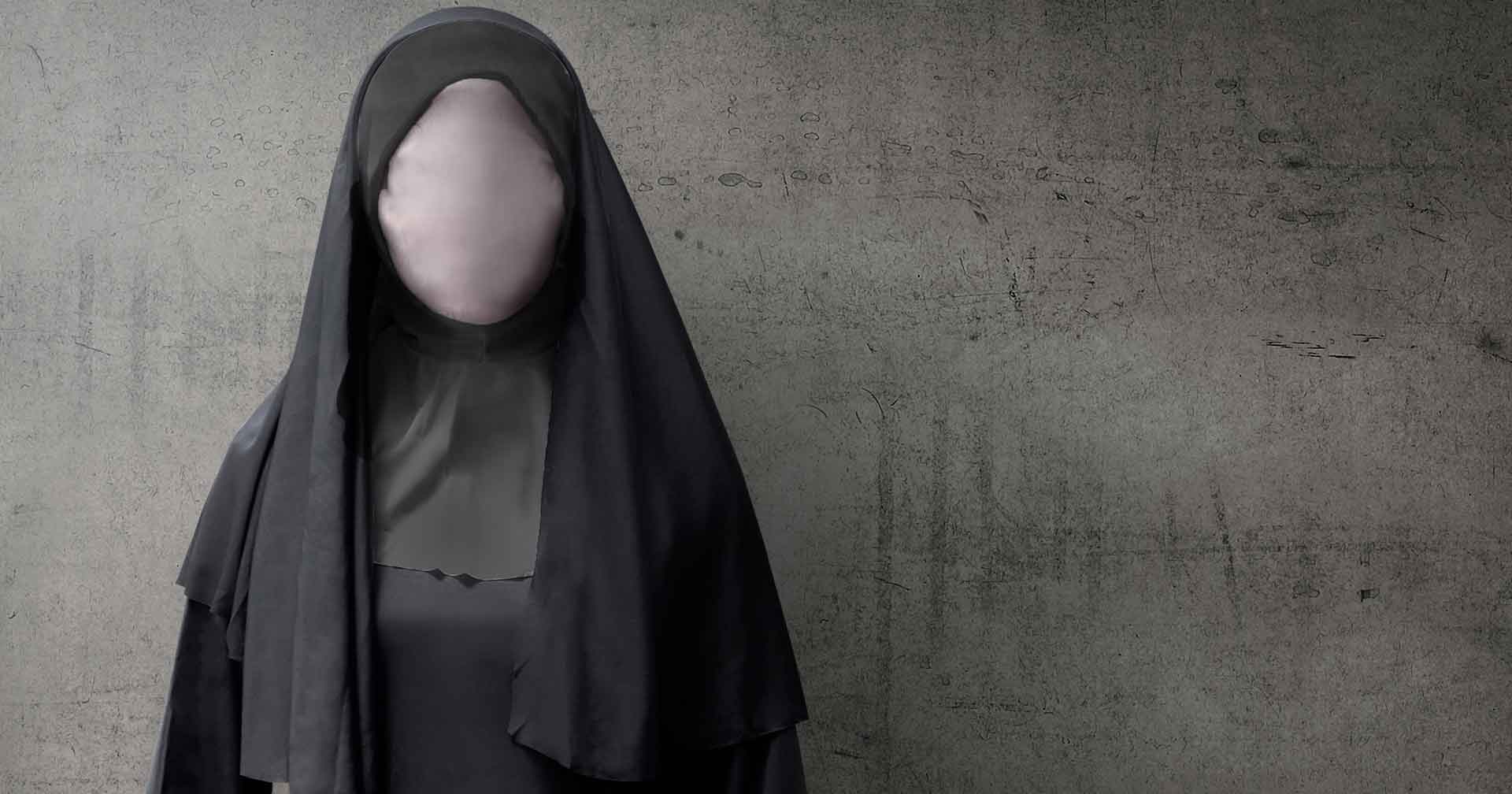Like every other country, Korea has cultural beliefs involving the supernatural. These superstitions have been passed down for hundreds of years by parents to scare their kids into being good and ward off danger. Although Halloween isn’t a Korean holiday, Koreans have embraced the tradition in recent years. With that sentiment in mind, we’ve decided to compile some spooky creatures from Korean myths, legends, and folklore for you to learn about.

Korean supernatural mythology originates from the world seolhwa (설화, meaning “tales”). Seolhwa are commonly divided into three categories: shinhwa (신화, meaning “myth”), jeonseol (전설, meaning “legend”) and mindam (민담, meaning “folklore”). The majority of the stories involving ghosts and creatures fall into the shinhwa and mindam category, with “shin” referring to beings such as spirits, ghosts, and monsters.
Gwishin
Korean ghosts are likely the most well-known creatures of Korean myth. Gwishin (귀신) are spirits that have not fulfilled their life’s purpose and are cursed to roam the earth as a result. Belief in gwishin was heavily influenced by Korean shamanism, which includes practices that focus on appeasing these spirits and helping them pass to the “other side.”
The most commonly known type of gwishin is the cheonyo gwishin (처녀귀신). This ghost is that of a virgin girl who could not serve her purpose in life — which, in early Korean times, meant serving her father, husband, and children. If she felt she had failed this task, the girl would be stuck in the human world. The cheonyo gwishin is identified by her traditional white mourning clothes called “sobok” (소복), and long hair worn down because she did not have the right to wear her hair up, as married women did. The male equivalent of this ghost is the chonggak gwishin (총각귀신), or mongdal gwishin (몽달귀신).

Other types of gwishin include the mul gwishin (물귀신), a ghost of someone who drowned; and the dalgyal gwishin (달걀귀신), an egg-shaped ghost with no discernible features or origins that causes the death of anyone who sees it.

Dokkaebi
One creature from Korean mythology that has recently gained popularity is the dokkaebi (도깨비), which are most commonly depicted as demonic or goblin-like, with horns and distorted faces. Dokkaebi are known to be mischievous pranksters who are fond of games. They are also known as the Robin Hoods of the Korean monsters, as they steal from the greedy and reward those who they deem worthy. Dokkaebi were recently featured with a markedly improved appearance in the wildly popular 2016 K-drama “Guardian: The Great and Lonely God.”

Gumiho
Another creature that is well-known in popular culture is the gumiho (구미호, meaning “nine tailed fox”).The concept of a gumiho is derived from Chinese mythology, and has been a part of Korean folklore since the Three Kingdoms period of Korean history (57 B.C. to 668 A.D.). According to the myths, a gumiho is born when a fox lives for a thousand years. Gumiho then gain the ability to shape-shift, and often take the form of a beautiful young woman. They also commonly seduce men and quite literally eat their hearts out. Gumiho are popular features in Korean media - with characters like Ahri from the online game, League of Legends, becoming a pop culture icon in Korea and around the world.

What’s your favorite Korean monster or ghost? Sound off in the comments below!



1 comment
From the movie The Mimic (장산범) I learned about the urban legend of the Jangsan Tiger. I enjoyed the movie!
Leave a comment